For an RC (mostly LiPo) battery charging setup I've got a 48V Meanwell AC->DC PSU supplying power to the charger. I'm considering simple ways to power the charger either by this PSU or directly by a 24VDC deep cycle battery bank. The charger is smart enough to have profiles that have limits so I can be sure I won't draw too much from my chosen power source.
Off the top of my head, one simple way would be to just tap into the lines that run between the PSU and the charger, and connect the 24V battery there. This is obviously a really bad idea if the PSU was on, but given my use case the whole setup will either be in a location where AC is available or it'll be in a location where only the deep-cycle batteries are available.
My question is: Will it harm the PSU or be dangerous if 24VDC is seen on the PSU's output terminals when the PSU has no AC on the input side?
